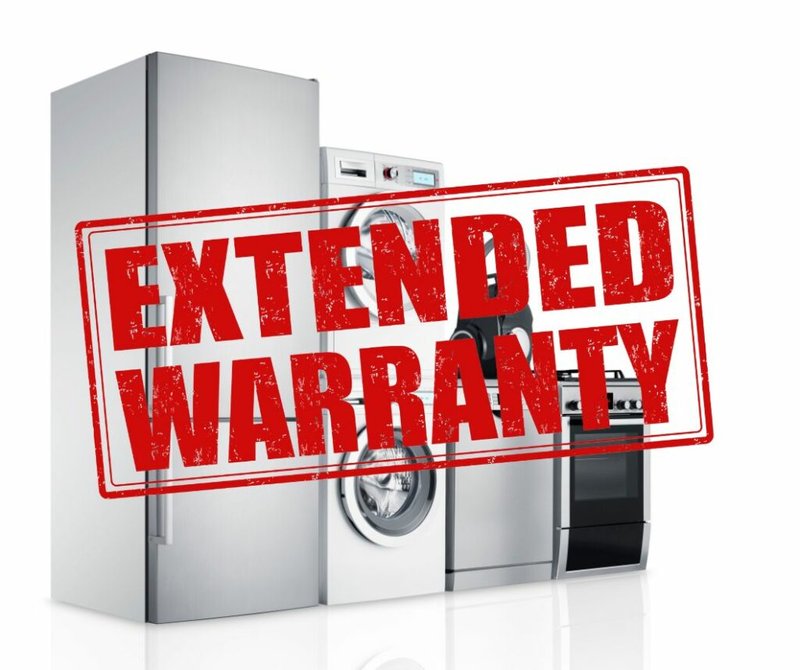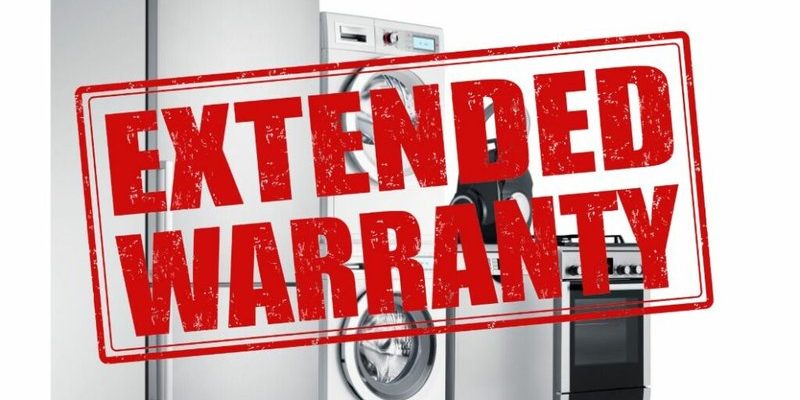
Let me explain it like this: buying an extended warranty is a bit like adding a safety net under a trapeze act. During the thrilling show, you hope you won’t need it—because that means everything went smoothly—but if you slip, that net can save you a lot of pain. The question is, how often do Amana ovens really slip up, and do those extended warranties catch you in time or just drain your wallet? Let’s dig in and break it all down.
What Does an Extended Warranty Actually Cover?
When you hear “extended warranty,” your brain probably jumps to thoughts of major repairs or full replacements. But here’s the thing—you need to understand what these warranties actually cover before deciding if it’s worth it. For Amana ovens and ranges, extended warranties usually cover parts and labor beyond the standard manufacturer’s warranty period. This might include fixing broken heating elements, replacing faulty control boards, or addressing persistent electrical issues.
However, they *don’t* always cover everything. Normal wear and tear, cosmetic damage, or issues caused by user negligence often fall outside coverage. Also, some warranties exclude certain parts like knobs, glass doors, or racks. If you’re someone who spills, scratches, or uses the oven hard every day, check the fine print carefully. Sometimes, the extended warranty might feel like it’s only covering the minor “troubleshooting” fixes that the regular warranty would have handled anyway.
Still, having coverage for unexpected mechanical or electrical failures can be a lifesaver—especially with parts like the control code modules or sensors that are pricey to replace.
How Reliable Are Amana Ovens and Ranges?
You might be wondering, “Do Amana appliances break down often enough to justify an extended warranty?” Honestly, Amana is considered a mid-range brand in terms of reliability. They don’t have the high-end prestige of some luxury brands, but they also don’t fall apart after a year like a cheap knockoff. Most users report decent performance for several years, especially if the appliance is maintained well.
What’s interesting is that many fixes tend to happen after the manufacturer’s warranty expires—think around the 2- to 5-year mark. Heating elements can start misfiring, or digital controls might stop syncing properly. If you rely on your oven heavily, these issues can feel frustrating and expensive if you don’t have warranty support.
On the other hand, if you’re more of an occasional cook or maintain your appliance carefully (cleaning regularly, avoiding spills that can damage electronics), then your chance of needing repairs might be lower. So, the reliability factor makes extended warranty more of a personal risk assessment. Are you the type who wants peace of mind? Or would you rather save money and deal with repairs if and when they come?
Costs vs. Benefits: How Much Does an Extended Warranty Add Up To?
Here’s where it gets a bit math-y, but don’t worry—I’ll keep it simple. Extended warranties usually cost somewhere between 10% to 25% of your oven or range’s original price. For an Amana range that’s, say, $700, that means an extra $70 to $175 upfront or spread out over monthly payments.
You might think that sounds reasonable compared to a single repair that can cost a few hundred dollars. However, the catch is that most ovens won’t need multiple repairs within a few years. In many cases, people pay for the extended warranty but never use it, which can feel like a waste.
Conversely, if you do have a major component fail—like a broken heating element, or your control board needs a reset or replacement—you could easily spend more than the warranty cost on repairs alone. Plus, extended warranties often include benefits like faster service calls, or no hidden repair fees, which can be nice when you just want your oven back up and running.
Alternatives to Buying an Extended Warranty
If you’re leaning towards *not* getting an extended warranty, there are other ways to protect yourself and your Amana oven. One smart move is regular maintenance—things like cleaning the oven regularly, checking that the door seals tightly, and avoiding spills on the electronic controls. This can reduce the chance of costly repairs later.
Another option is setting aside a “repair fund” — basically, saving a small amount monthly to cover unexpected fixes. This can sometimes work better than paying for a warranty you never use.
You might also consider third-party repair services. Some independent technicians specialize in troubleshooting and fixing Amana ovens and ranges, often at lower rates than dealer repairs. That said, you need to be cautious: going outside warranty-approved repair channels can sometimes void your original warranty.
How to Decide If the Warranty Fits Your Lifestyle
At the end of the day, deciding if an extended warranty is worth it for your Amana oven boils down to your habits and risk tolerance. Here’s a quick way to think about it:
- Frequent cook or big family? More wear and tear means more risk. A warranty could be a helpful safety net.
- Light user or careful maintainer? Your odds of repairs are lower, so you might save money skipping the warranty.
- Comfort with troubleshooting? If you’re handy or willing to tackle minor fixes like resetting control panels or replacing batteries on remotes, you might avoid service calls.
- Budget flexibility? If you don’t want surprise repair bills to blow up your budget, a warranty offers predictable costs.
Think of it like choosing car insurance coverage: the right choice varies by driver.
What Happens When Your Amana Oven Needs Repair?
Here’s the scenario: your oven stops heating up properly, or the digital display refuses to sync after a reset. You call customer support, and that’s when having an extended warranty shows its value. Generally, warranties cover the cost of parts and a professional technician’s labor, so you don’t have to worry about a big bill.
If you don’t have a warranty, you’ll likely pay out-of-pocket for the repair, which can range from $100 for simple fixes to several hundred dollars for more complex work. In some cases, scheduling a repair can take days or even weeks, and that downtime means no home-cooked meals.
That said, some Amana ovens come with user-friendly troubleshooting guides. You might fix minor issues like re-pairing a remote or resetting the oven’s code yourself, saving time and cash. But when the problem is more serious—such as a broken heating element or control board—professional help is usually necessary.
Final Thoughts: Is Extended Warranty Worth It for Amana Ovens & Ranges?
Honestly, the answer isn’t black and white. If you want peace of mind and a safety net for costly repairs, an extended warranty for your Amana oven or range can be worth having. It’s like paying for a backup plan when life throws a wrench into your kitchen routine.
On the flip side, if you’re confident in your appliance’s reliability, diligent about maintenance, and comfortable with some troubleshooting, you might skip the extended warranty and save a few bucks. Just remember to be ready for the occasional hiccup that can come with any appliance.
Either way, understanding what the warranty covers, the typical repair costs, and your own cooking style helps you make a smart choice. After all, the goal is to keep your Amana oven working smoothly—so that you can focus on enjoying the food, not fussing over the machine.
